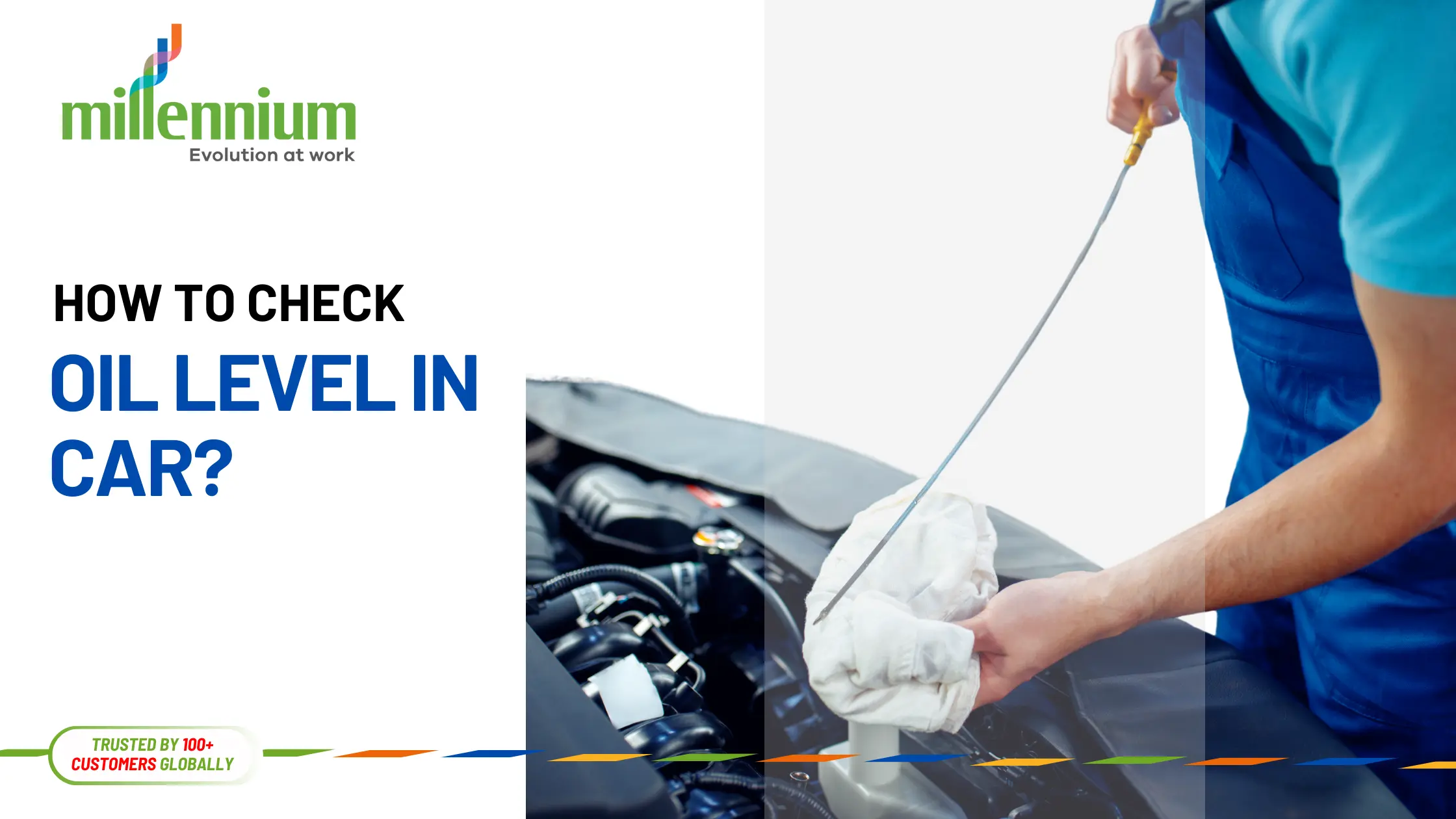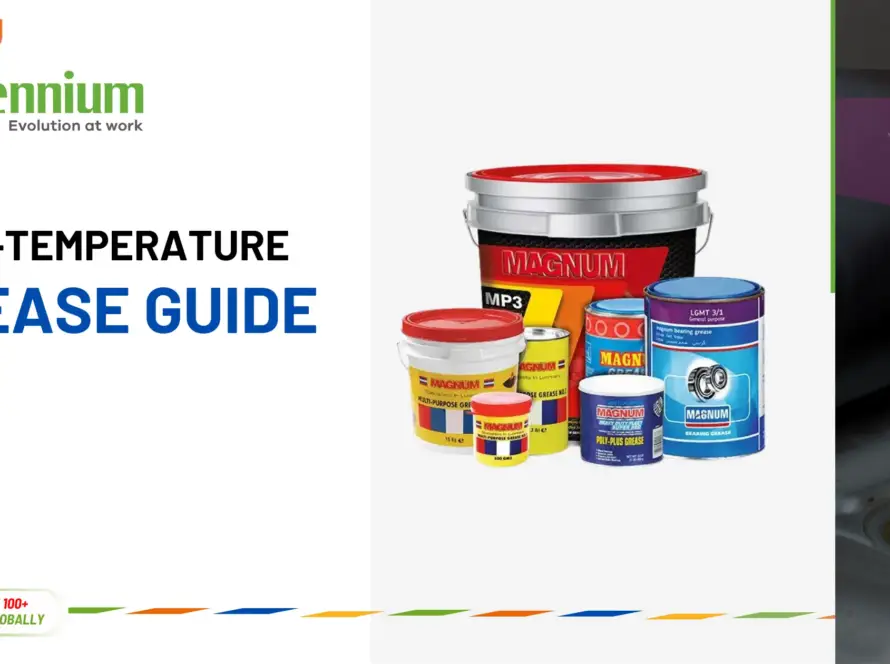One of the easiest but critical things you should occasionally do on your car is to check the oil level in the engine. The role of engine oil is to reduce friction so components that must rub against each other while in motion will not overheat or wear out.
The need to carry out an oil check is important in knowing what may go wrong in the engine of your car, and indeed for the best of your car, you will need to take your car for an oil check to be sure you will not incur any engineering problem in the future.
Why Checking Your Oil Level is Important
The product in question does much more than simply act as a lubricant: it helps maintain your car properly. If there is inadequate oil, the parts of the engine that move will overwork and start rubbing against each other, which leads to massive damage. Regularly checking your oil ensures the following:
- A good amount of oil arrives at the engine continuously.
- Potentialities of system overheating are excluded.
- The problems with leakage or oil consumption are identified as soon as possible.
- The fuel economy of your car is preserved, as well as the overall performance of your car.
When to Check Your Car’s Oil Level
The timing and conditions for checking oil levels are crucial for accuracy.
Ideal Conditions for Accurate Measurement
To get an accurate reading, follow these guidelines:
- This should be done in an area with no inclined plane so that the car’s suspension does not affect the results.
- Switch off the vehicle and wait for some time, around 10 minutes, before heading towards the automobile’s engine.
- This makes it possible for the oil to settle into the oil pan. You have to be in a well-lit area so that you can see the oil marks.
How Often Should You Check the Oil?
The cautiousness of oil checks may vary depending on your vehicle’s years of manufacture and operation. However, here are some general recommendations:
- Again, for most vehicles, it may suffice to check after one month.
- It should be a rule to always check the oil level before taking a car on a long road trip.
- Weekly checks may be necessary for cars with high mileage or older cars because of high oil consumption.
Step-by-Step Guide to Checking Oil Level
To check the oil level in your car, it has become a very easy task. If you are driving a car with a dipstick or an electronic fluid level indicator – here is how it is done.
Learning the Right Way to Utilize a Dipstick to Determine the Oil Level
- Locate the dipstick: Pop the hood of your car, locate the dipstick – there are usually vivid signals on its handle.
- Clean the dipstick: It can be pulled out and washed on a cloth or paper towel.
- Reinsert the dipstick: Slide it right back into its housing and then pull it out to view the state of the liquid level.
How to Interpret Oil Level on a Dipstick
- It also has scales of minimum and maximum on the dipstick for measuring the quantity of the fluid in the vehicle.
- The oil should ideally be in between these two marks.
- If the oil Finder is below the “Min” paper mark, the oil has just reached its critically low level, and you should add oil at once.
Checking Oil in Cars Without Dipsticks
Today, it is almost impossible to find vehicles that use dippers because almost all automobiles have an electronic oil sensor. To check the oil in these cars:
- Switch on the car ignition, but do not start the engine.
- One must go to the dashboard interface to find the oil-level interface.
- It is recommended to stick to the guidelines given in your car manual.
What to Do if Oil Level is Low
Again, running your car with low oil levels is unhealthy for your engine, but rectifying the problem is easy.
- Identify the correct oil type: For this, you really need to read your owner’s manual to find out what type of oil your vehicle manufacturer recommends and the viscosity level.
- Add oil gradually: Add oil into the engine gradually, taking a few minutes to check the mount again.
- Avoid overfilling: Again, applying excess oil places additional pressure on the engine seals and can jeopardize the engine.
- Monitor for leaks: If it becomes low again soon, look for signs of leakage under the car or take it to a shop.
Signs of Low Oil Levels in Your Car
One must acknowledge the signs of low oil as they might lead to much worse for the engine. Here are some common indicators:
- Oil pressure warning light: An indicator lamp that illuminates to show that the level of oil pressure is low.
- Strange engine noises: Moments such as knocking or ticking might be as a result of inadequate lubrication.
- Burning oil smell: An ammonia smell arising from the engine compartment.
- Reduced performance: The common signs are thus poor acceleration as well as reduced fuel economy.
Common Mistakes to Avoid When Checking Oil
Even though checking oil is a simple task, there are common mistakes that can lead to inaccurate readings or further issues:
- Not wiping the dipstick clean: This should be cleaned before the probe is re-inserted to give a more accurate reading.
- Checking on an incline: Keep off slippery surfaces to avoid distorted oil level indications.
- Ignoring manufacturer instructions: This depends on every car; therefore, you should consult your owner’s manual.
- Overfilling the oil: Too much of it is dangerous to the engine parts, and this makes adding it tricky.
Frequently Asked Questions About How To Check Oil Level In Car
How To Check Oil Level In Car
Make sure you check your car’s oil regularly, at least once a month, if your car is old then it will be better to check more often.
Can I check the oil level right after driving?
Considering the averages after driving for 10-15 minutes more is advisable to enable the pan to settle the oil adequately.
What kind of oil should I use?
The car’s manufacturer should recommend the best oil type and viscosity to use in your car.
What happens if I overfill the oil?
Too much in it can put much pressure on the engine, which exerts a lot of pressure on the seals and gaskets. This should be done to prevent the accumulation of more excess oil on the hair if this occurs.
How do I check oil in modern cars without dipsticks?
Today’s cars mostly come with electronic indicators of the oil levels, and these show on the dashboard. Read the manual when you are in doubt about something to do.



